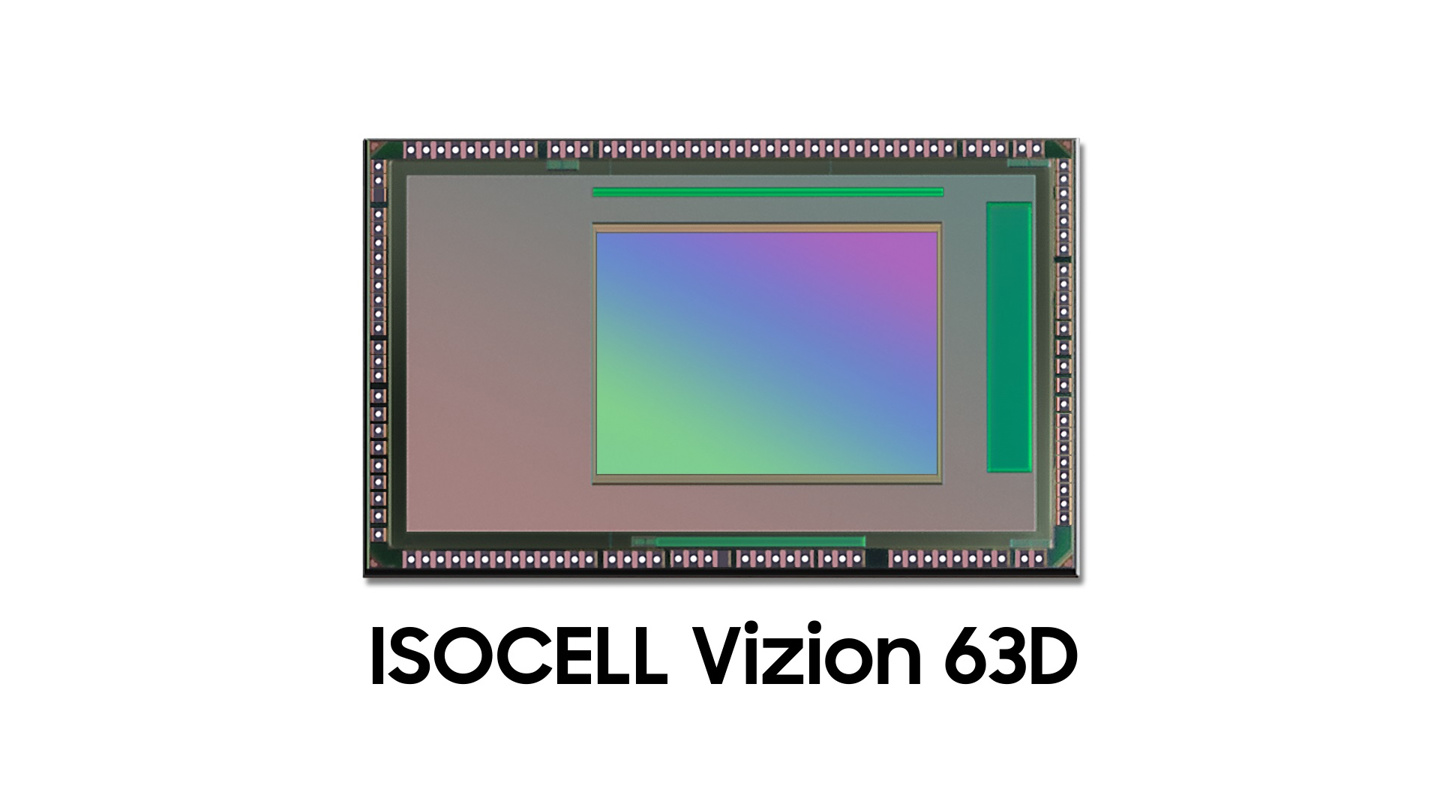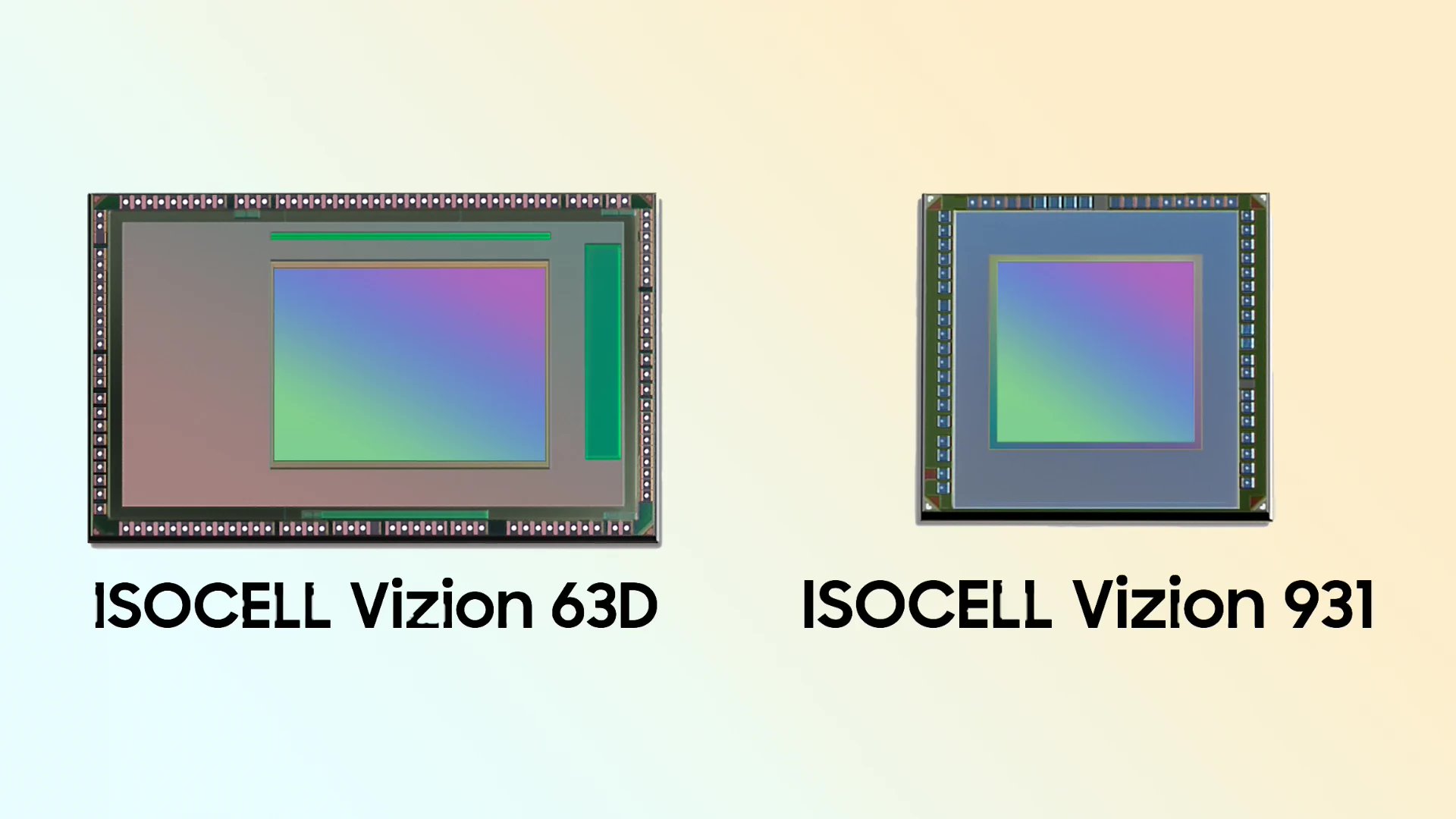Samsung today announced the release of the ISOCELL Vizion 63D and ISOCELL Vizion 931 sensors for AR/VR headsets and smartphones.
The ISOCELL Vizion 63D is a ToF (Time of Flight) sensor, and the ISOCELL Vizion 931 is a global shutter sensor, both of which are expected to be equipped in Samsung’s future mixed reality headsets.
ISOCELL Vizion 63D

The ISOCELL Vizion 63D is a 3D ToF sensor for depth and distance measurement with extreme precision and clarity.
The sensor can capture images at QVGA (320 x 240 pixels) at 30fps, and the 1/6.4 inch sensor has 3.5μm pixels and can shoot video at VGA (640 x 480 pixels) resolution.

The sensor calculates the phase shift between emitted and reflected light to understand things in the surrounding environment in three dimensions and can be used in AR or VR headsets, robots and smartphones to enable secure facial biometrics.
The ISOCELL Vizion 63D is the industry’s first sensor with integrated depth sensing hardware ISP (Image Signal Processor), meaning it does not require a separate chip and can capture and process depth information.
Power consumption is reduced by 33% compared to traditional sensors, such as Samsung’s previous chip ISOCELL Vizion 40D.
The ISOCELL Vizion 63D utilizes BST (Backscattering technology), which has the highest quantum efficiency and light absorption levels, reaching 38 percent at the infrared wavelength of 940 nanometers (nm). This reduces noise and motion blur and improves sharpness.
ISOCELL Vizion 931

This is a global shutter sensor that can take pictures of fast-moving objects without distortion (and without the jelly effect).
This is similar to the way the human eye sees a scene. It can capture sharp and undistorted images of fast-moving objects, which means it’s perfect for AR headsets, drones, robots, and VR headsets.
It has a resolution of 640 x 640 pixels and is suitable for iris recognition, eye tracking, and face and gesture detection in XR (mixed reality) headsets. It has the highest level of quantum efficiency in the industry, providing 60% quantum efficiency at 850nm infrared light wavelengths.
It can connect four cameras to the application processor using a single wire, reducing circuit complexity and improving space efficiency. It gives device makers more flexibility, which Samsung is expected to equip in its upcoming mixed reality headset.









